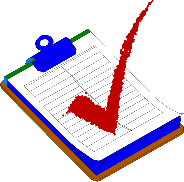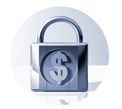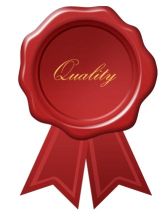Discover effective strategies for optimizing your liquor cost and maximizing profits through smart pricing strategies for your drink menu.
Understanding the importance of pricing in the liquor industry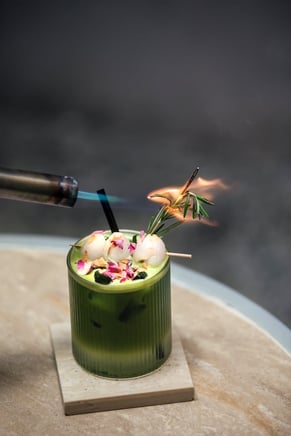
Pricing plays a crucial role in the success of any business, and the liquor industry is no exception. Setting the right price for your drinks can significantly impact your profitability and overall success. It is essential to understand the importance of pricing and how it can affect your bottom line.
When it comes to pricing your drink menu, there are several factors you need to consider. These include the cost of the liquor, overhead expenses, competition, and customer demand. By carefully analyzing these factors, you can determine the optimal pricing strategy for your drinks.
Additionally, pricing can also influence customer perception and behavior. A well-priced drink menu can attract more customers and encourage them to spend more, ultimately leading to increased revenue. On the other hand, poorly priced drinks can drive customers away and negatively impact your business. Therefore, understanding the importance of pricing in the liquor industry is crucial for your success.
Analyzing your costs to determine optimal pricing
Before you can set the right price for your drinks, it is essential to analyze your costs. This involves calculating the liquor cost, which is the cost of the alcohol used in each drink. By understanding your liquor cost, you can determine how much you need to sell each drink to cover your expenses and make a profit.
To calculate liquor cost, you need to consider the price you pay for each bottle of liquor, the volume of alcohol used in each drink, and any other ingredients or garnishes. By accurately tracking these costs, you can determine the optimal pricing for your drinks.
In addition to liquor cost, you should also consider other expenses such as overhead costs, including rent, utilities, and employee salaries. These costs should be factored into your pricing strategy to ensure you are covering all your expenses and making a profit.
Analyzing your costs is a crucial step in determining the optimal pricing for your drink menu. By understanding your expenses and accurately calculating your liquor cost, you can set the right price that balances profitability and customer value.
Exploring pricing strategies for different types of drinks
Different types of drinks require different pricing strategies. It is important to consider the cost of ingredients, complexity of preparation, and customer demand when pricing each drink category on your menu.
For example, high-end spirits and specialty cocktails often have higher liquor costs and require more time and skill to prepare. These drinks can be priced at a premium to reflect their quality and exclusivity. On the other hand, well drinks, which typically use lower-cost liquors, can be priced more affordably to attract price-conscious customers.
When pricing your drink menu, it is also important to consider the perceived value of each drink. Customers are often willing to pay more for drinks that are presented in an appealing way or have unique features. By strategically pricing drinks with higher perceived value, you can increase your profitability.
Exploring different pricing strategies for different types of drinks can help you optimize your menu and maximize your profits. By understanding the cost and demand for each drink category, you can set prices that attract customers while ensuring profitability.
Leveraging menu design and psychology to influence purchasing decisions
Menu design and psychology play a significant role in influencing customer purchasing decisions. By strategically designing your drink menu, you can guide customers towards certain choices and increase sales.
One effective strategy is to highlight certain drinks or create sections that draw attention. For example, you can feature signature cocktails or seasonal drinks in a prominent section of your menu. By showcasing these drinks, you can increase their perceived value and encourage customers to try them.
Another strategy is to use pricing techniques such as anchoring and decoy pricing. Anchoring involves placing a high-priced item next to a lower-priced item, making the lower-priced item seem more affordable. Decoy pricing involves offering three options, with the middle option being strategically priced to make the highest-priced option seem like a better value. These techniques can influence customers to choose certain drinks and increase your sales.
By leveraging menu design and psychology, you can influence customer purchasing decisions and increase your profitability. Strategic placement, highlighting certain drinks, and using pricing techniques can all contribute to a successful drink menu.
Monitoring and adjusting your pricing strategy for maximum profitability
Setting the right prices for your drink menu is not a one-time task. It is essential to continuously monitor and adjust your pricing strategy to ensure maximum profitability.
Regularly reviewing your costs, competition, and customer demand can help you identify opportunities for price adjustments. For example, if the cost of a particular liquor increases, you may need to adjust the price of drinks that use that liquor to maintain profitability. Similarly, if you notice a high demand for certain drinks, you can consider increasing their prices to maximize profit.
Customer feedback and sales data can also provide valuable insights into the effectiveness of your pricing strategy. If customers consistently complain about prices or if certain drinks are not selling well, it may be a sign that adjustments are needed.
By monitoring and adjusting your pricing strategy, you can ensure that your drink menu remains profitable and competitive. Regularly analyzing your costs, staying updated on market trends, and listening to customer feedback are all essential for maintaining maximum profitability.

 Accounting (bookkeeping) theft is a major concern within the beverage industry. From falsifying daily inventory records to complicated auditing abuse, this area of theft is often the most difficult to detect. Sometimes, it is the managers themselves who are behind the scams. Owners need to be aware of the following possibilities:
Accounting (bookkeeping) theft is a major concern within the beverage industry. From falsifying daily inventory records to complicated auditing abuse, this area of theft is often the most difficult to detect. Sometimes, it is the managers themselves who are behind the scams. Owners need to be aware of the following possibilities: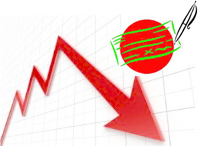 The purchasing department is the linchpin when it comes to reducing costs. It is much easier to control costs in this area than anywhere else in the operation. The bottom line is that astute buying techniques offer the best opportunity for a business to increase its overall profits.
The purchasing department is the linchpin when it comes to reducing costs. It is much easier to control costs in this area than anywhere else in the operation. The bottom line is that astute buying techniques offer the best opportunity for a business to increase its overall profits.